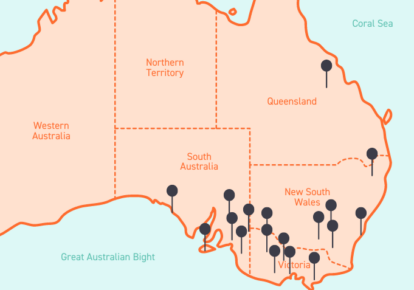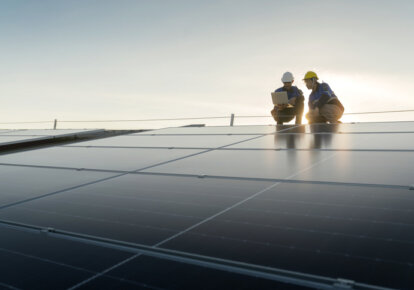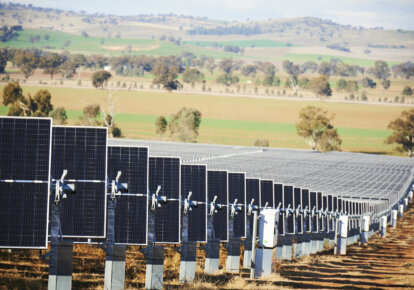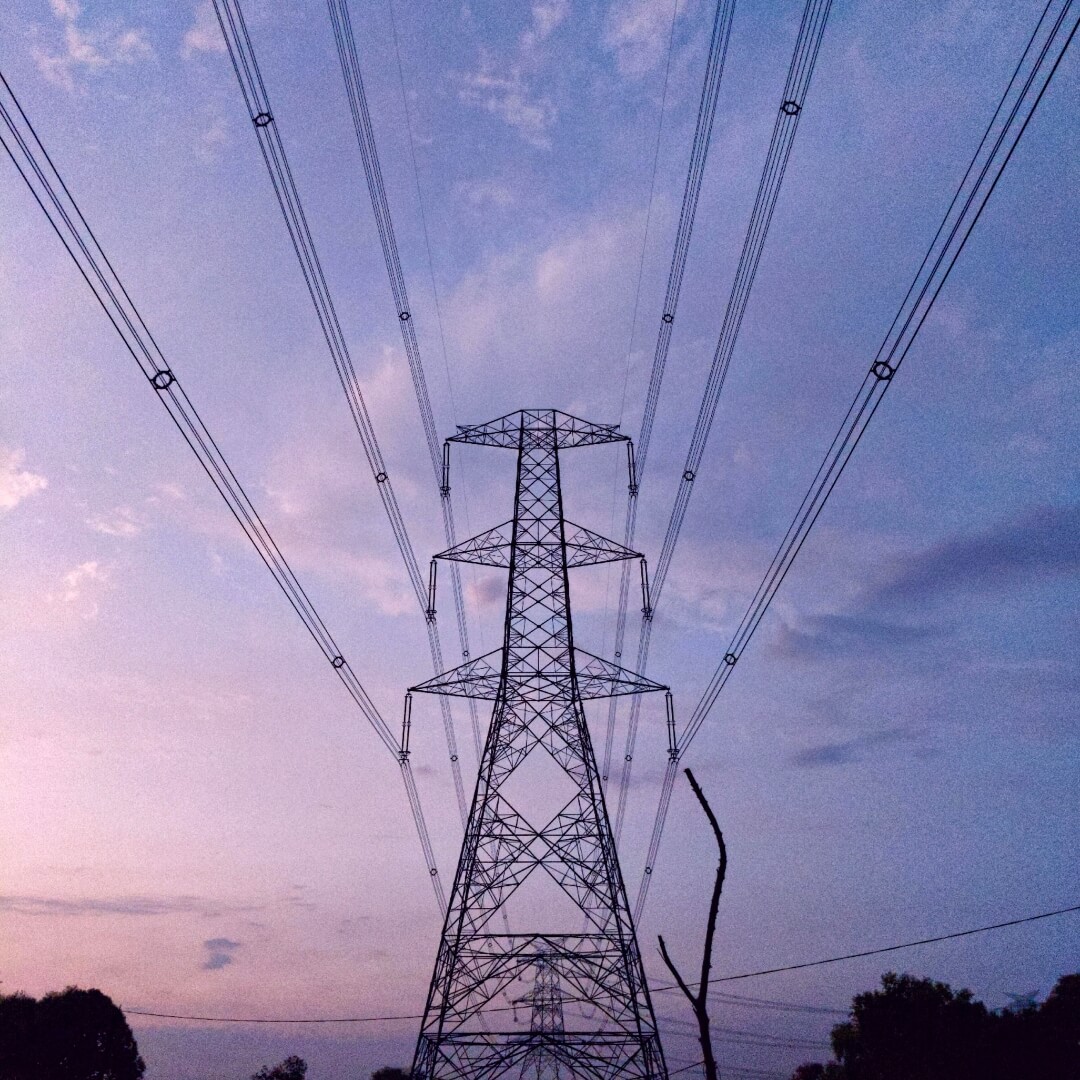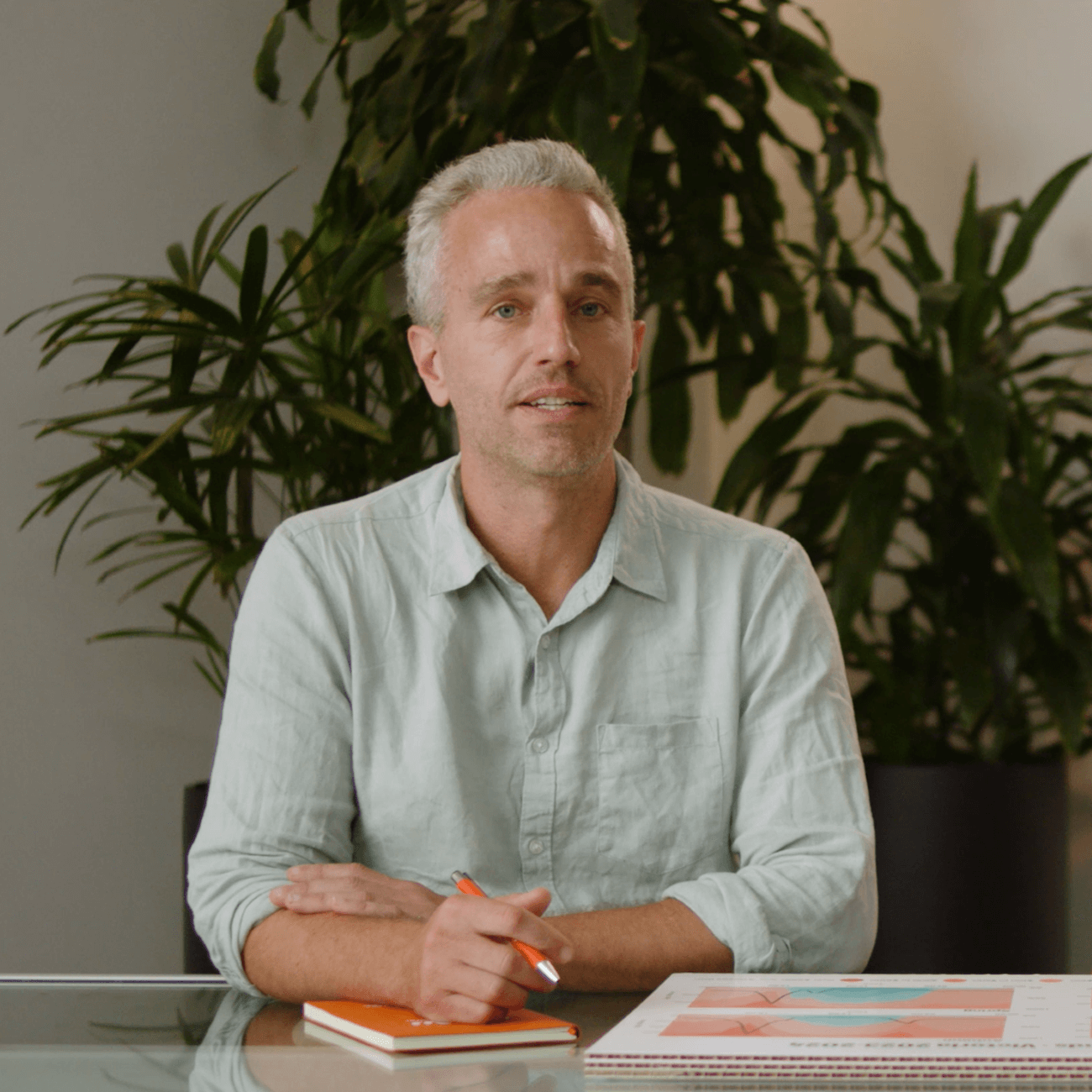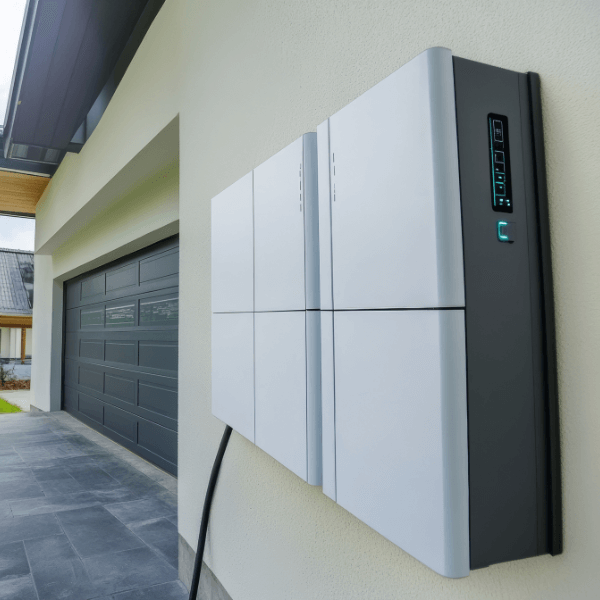We take a look at what your business can implement for their energy strategy today, to free up time for other priorities.
As COVID-19 continues to evolve, businesses and individuals in Australia and globally are feeling the impact.
Our mission is to put businesses at the centre of the energy market by giving them the right information and tools to make decisions. That’s why we’ve pulled together some quick wins that businesses can implement to help adapt their energy usage, save costs, and free up more time for your other priorities.
These tips are here to help business owners with fast and easy actions for adapting to operational changes and reducing energy costs.
Make the most of powering down
Even if you haven’t done an energy audit with one of our energy specialists, there are still some simple steps you can take to save on energy costs.
Switch off equipment
- Turn off plant, equipment and computers at the end of each day or if you aren’t expecting to use them for a while
- Use the power saving modes where applicable to save energy and improve equipment life
Lighting
- Turn off lights in areas when not needed. Think about consolidating operations if you can to enable unused areas to be switched off.
- Switch to energy-efficient lighting by replacing aging lights with efficient LEDs and CLFs.
- Turn off illuminated signs where not needed for safety and security.
Temperature control
- Consider consolidating operations and only air-condition areas that are used frequently.
- Consider relaxing temperature setpoints on HVAC controls. Significant energy savings are possible by reducing setpoints to 18°C during winter and increase to 25°C during summer.
- When possible, turn the air conditioning off for the last hour of each workday.
- Close doors to contain air conditioning and operate shades to moderate solar heat gain.
- Considering using the recycle function on the air conditioner where there are lower occupancy numbers than usual. More power is required to cool warmer outside air.
Refrigeration
- Keep fridges reasonably full and make sure there’s enough room for cold air to circulate.
- With multiple fridges, consider consolidating stock and switching off unused fridges entirely.
- Position fridges in well-ventilated areas away from sunlight or heat from other equipment.
- Freeze products in batches rather than continuously.
- Check the seals on doors and closing mechanisms are all in good condition.
- Clean motors, fans, hinges, condenser coils.
Compressed air processes
- Run your compressed air system runs only when the plant is in use.
- Reduce the discharge pressure to the minimum system requirements.
- If available, use smaller air compressors dedicated to serve reduced operational needs.
- Investigate and repair potential sources of air leakage.
Adapting your operations to lower costs
If your operations have been reduced or you have flexible operations in general, you can save energy costs by optimising your operations around daily highs and lows in the market.
This can be as simple as setting up machines to charge two hours later than usual or moving more energy-intensive operations to the middle of the day when prices are lower.
The graph below highlights low-cost periods to make the most of and peaks to avoid.
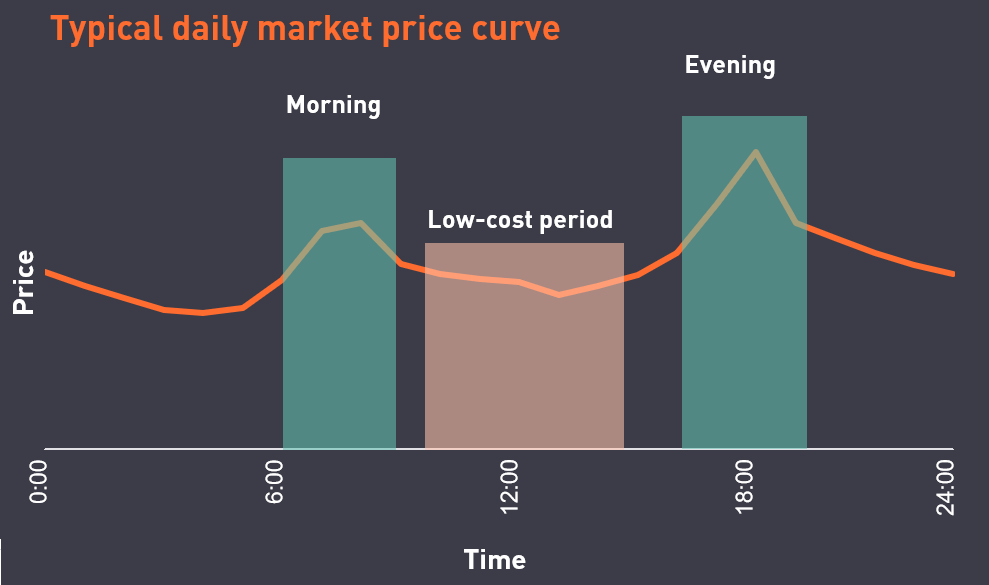
Any questions? We’re here to help.
If you’re interested in learning more about implementing these easy tips into your energy strategy, our friendly team are always available for a chat.
If you’re an existing Flow Power customer, please do not hesitate to reach out to your account manager.
If you’re not a Flow Power customer contact our friendly team today:
? 1300 08 06 08 (within business hours)
?️ Live chat message (within business hours via the chat button at the bottom of your screen)
Alternatively, you can submit your questions through our website contact form here.


